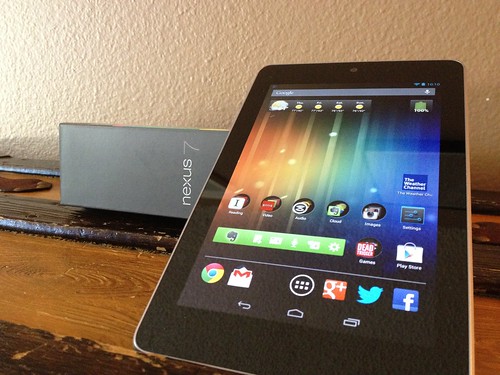Forget highly suspicious claims of digital drugs making kids "high" off audio tracks. The fact is content may prove to be one of the most important products of the new digital economy.
In Internet marketing circles you'll hear plenty about "content marketing" these days. These are just buzz words for blog articles, videos, podcasts, and similar online content that attracts visitors who may eventually be converted to customers.
The variety of platforms on which to publish and distribute content or offer it for free or paid download in the new digital economy are nearly endless. Blogs, social media networks, YouTube and other video upload sites, Blog Talk Radio, audio sites like SoundCloud, simple Website building communities like Squidoo, sites that offer free or paid download of e-books and other content files--these are all possibilities.
Setting aside for the moment amateur essayists, video makers, musicians, and the like, many people who upload content do so for business reasons.
Either they are attempting to boost their brand online, attract traffic which will convert to revenue in the form of orders of online products or services, create awareness of a brick and mortar business in order to drive offline customer activity, or drive traffic to affiliate links or pay per click advertising.
The importance of content as a tool for online business marketing has given birth to a new industry of content creators as outlined in this Small Business Trends post from Amie Marse.
But let's get back to the story of digital drugs, MP3 tracks that can be downloaded for $16.00 or less off the Internet and supposedly induce a mind altering experience. (Color me skeptical.)
These may be the most extreme examples of content clearly making the jump from mere marketing material to product. Of course, the digital economy has a long history of downloadable content for sale from music to reports and white papers to more questionable "business" products, e-books and more.
But with monetized content it seems we are talking about much more. What is premium content worth on the Web, whether a marketer pays superstar content creators (bloggers etc.) for it, or whether those superstar creators with high followings and a strong personal brand monetize that content themselves?
For businesses of the future, content will not be simply a means to an end, but an end in and of itself. Popular content will be worth its weight in gold.




















